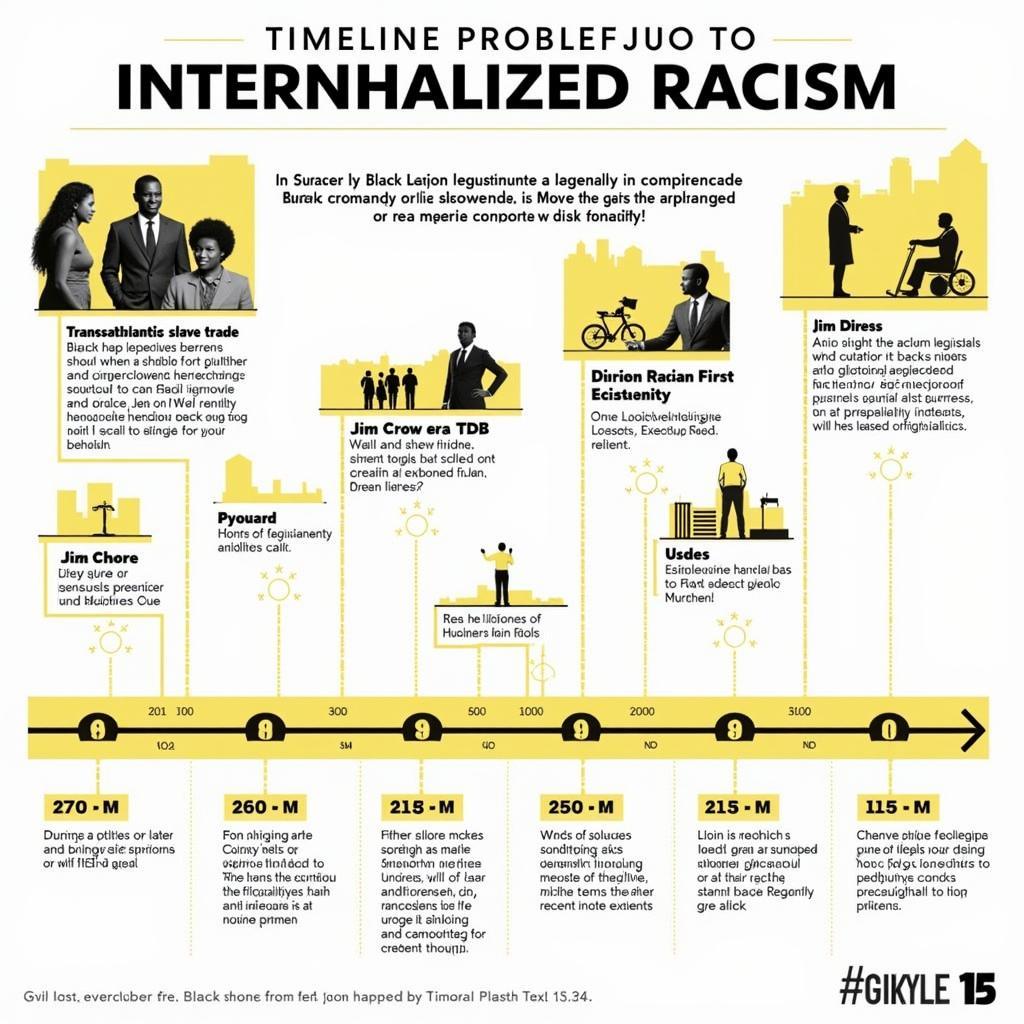African Independence Date Map: A Journey Through Freedom
The African continent has a rich and complex history, marked by periods of colonialism and struggle for liberation. The fight for independence was a crucial turning point, with numerous countries across Africa gaining self-governance and shaping their own destinies. A visual map of African independence dates offers a powerful reminder of this historic journey, allowing us to understand the timeline of freedom and the diverse paths each country took to achieve it.
A Timeline of African Independence
The map reveals a wave of independence movements that swept across the continent in the late 1950s and throughout the 1960s, culminating in the majority of African nations gaining their independence. The following timeline highlights some key milestones in this journey:
- 1957: Ghana became the first sub-Saharan African country to gain independence, marking a pivotal moment for the continent.
- 1960: A significant year, known as the “Year of Africa,” witnessed the independence of 17 African countries, including the Democratic Republic of Congo, Côte d’Ivoire, and Senegal.
- 1961: Sierra Leone and Tanganyika (now Tanzania) gained their independence, further solidifying the movement for self-governance.
- 1963: The formation of the Organization of African Unity (OAU), now the African Union, marked a significant step towards regional unity and cooperation among African nations.
- 1975: Mozambique and Angola achieved independence, ending Portuguese colonial rule and marking a turning point in the decolonization process.
- 1980: Zimbabwe gained its independence after a long and arduous struggle against white minority rule, signifying the culmination of the fight for freedom in Southern Africa.
Navigating the African Independence Date Map
Understanding the African Independence Date Map goes beyond simply knowing dates. It’s about exploring the narratives of resistance, the diverse strategies employed by each nation, and the legacy of colonialism that continues to shape contemporary Africa.
- “The Map Tells a Story of Struggle”: Professor Amaka Ndukwu, a renowned historian of African independence, states: “The map serves as a visual reminder of the sacrifices made by generations of Africans who fought for freedom. It is a testament to the enduring spirit of resilience and determination that characterized the struggle against colonial oppression.”
The Legacy of Independence: Challenges and Opportunities
While independence marked a significant moment of liberation, African countries continue to face numerous challenges in the post-colonial era. These include:
- Economic Development: Bridging the gap between colonial legacies and achieving sustainable economic growth remains a key priority for many African nations.
- Political Stability: The continent continues to grapple with political instability, armed conflicts, and the need to strengthen democratic institutions.
- Social Justice: Addressing inequalities, poverty, and access to education and healthcare remains a pressing concern.
Conclusion
The African independence date map offers a powerful visual testament to the continent’s journey towards freedom. It reminds us of the sacrifices made, the triumphs achieved, and the ongoing challenges that need to be addressed. As we celebrate the successes of the independence movement, we also recognize the need for continued progress towards a future where all Africans can live in peace, prosperity, and equality.
african countries and independence dates
Frequently Asked Questions (FAQ)
- Q: What is the significance of the “Year of Africa” (1960)?
A: The “Year of Africa” saw the independence of 17 African nations, marking a pivotal moment in the decolonization process and significantly changing the political landscape of the continent.
- Q: What are the challenges faced by African countries after independence?
A: African countries face numerous challenges, including economic development, political stability, social justice, and overcoming the legacy of colonialism.
- Q: Why is it important to understand the African independence date map?
A: The map provides a valuable historical perspective, highlighting the struggles for freedom and the diverse paths taken by each country towards achieving independence. It also serves as a reminder of the ongoing challenges and the need for continued progress towards a better future for Africa.



